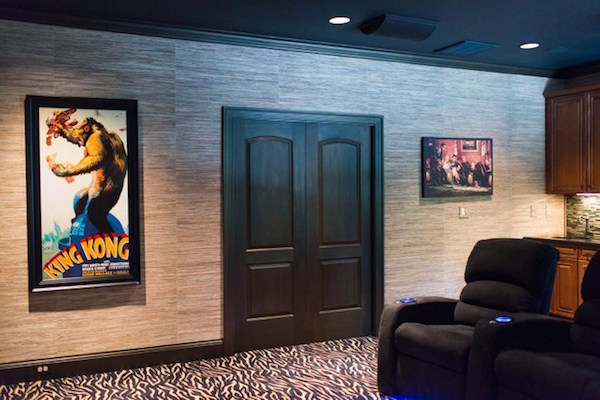
Wallpaper has always been a popular alternative to painting a room. In addition to traditional wallpaper, there are many types of wall coverings that will enliven a room. Bright fabrics, grass cloth, even cork are becoming popular as unique ways to dramatically change a room’s appearance.
Some traditional types of wallpaper:
- Printed wallpaper is the general category of manufactured wallpaper with printed patterns.
- Vinyl-coated wallpaper is the most common type of wallpaper, made of paper but with a protective coat of vinyl that makes it ideal (and scrubbable) for kitchens, bathrooms or wherever kids or pets might brush against a wall. Vinyl-coated wallpaper is usually strippable, which makes it easy to pull off a wall and re-paper with a new pattern.
- Relief wallpaper has a raised texture that you can feel.
- Solid vinyl wallpaper is the most durable, waterproof and is ideal for very humid areas.
- Flocked wallpaper, usually ornate and considered “old fashioned,” includes a raised felt pattern that contrasts with the background color.
Some non-traditional wall covering options:
- Unbacked fabric is one of the most difficult styles because you have to work carefully to smooth out the fabric as you apply it to the wall.
- Foil (some people refer to it by the brand name “Mylar”) can be difficult to work with because it shows imperfections in the wall surface and because it can get wrinkled easily. But the silver, reflective surface and the patterns on many foil wallpapers can be strikingly contemporary.
- Cork-faced wall coverings are thicker because they have a surface of cork. They make for a cozy, dark and woodsy effect and can often be seen in family rooms or offices.
- Grass cloth/burlap wall coverings are exotic because they evoke the faraway cultures of Asia, but they can be surprisingly easy to work with because they stay stiff while pasting on the wall. They shouldn’t be used in high-traffic areas or where there’s high humidity, however, because they may not wear as well as other types and can stain.
- Paper-backed fabric shows the high-quality look of a fabric wall covering but can be installed with the ease of a vinyl-coated paper. The backing adds a stiffness that both hides defects in the wall and makes it easier to manage the fabric.
TIP: Remember to have your wall covering professional order extra or make sure to do so yourself if you DIY it. Whether you’re using tiles, carpet, paint or wallpaper for your home services projects, it’s always a good idea to order more material than you think you need. The extra supplies may come in handy if you change your mind and add more to your project, or for future use in repairs and maintenance.
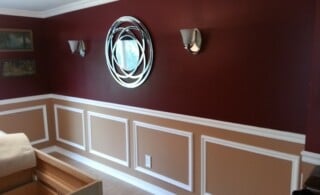 Decorative Moldings: The Perfect Cover-up
Decorative Moldings: The Perfect Cover-up 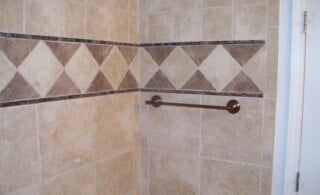 The Basics of Ceramic Wall Tile Installation
The Basics of Ceramic Wall Tile Installation 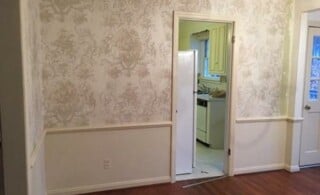 Wallpaper Prep
Wallpaper Prep 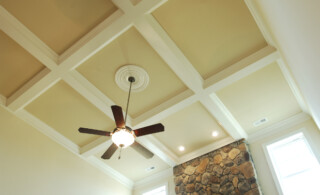 Coffered Ceilings Add Value to Home
Coffered Ceilings Add Value to Home 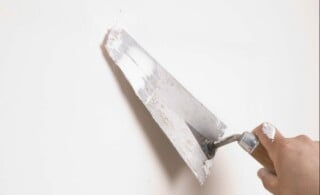 Drywall Finishing: Don’t Ruin the Ending!
Drywall Finishing: Don’t Ruin the Ending! 

Are You Familiar With This Topic? Share Your Experience.